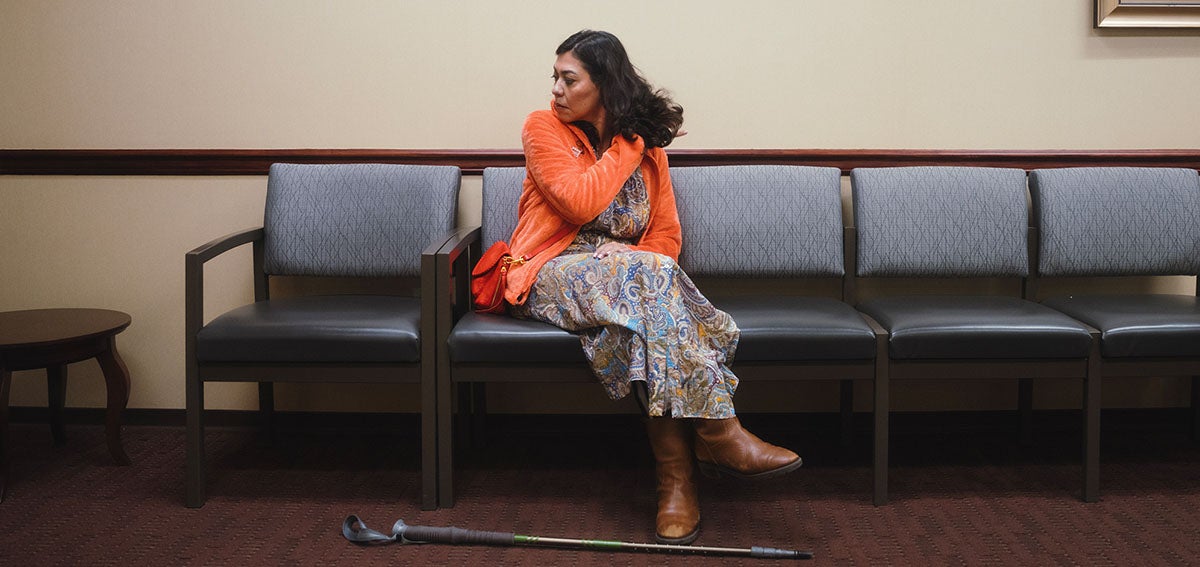View the Report
Jump to All Downloads & LinksPatients in Federally Qualified Health Centers (FQHCs) across the country are benefiting from state-led value-based payment (VBP) models. VBP encompasses activities that move away from the traditional fee-for-service payment system, which rewards the volume of services provided, to models that reward high-quality, cost-effective care. The VBP models described in this brief aim to provide patients with coordinated, team-based health care that is convenient to access and best meets their needs. VBP supports opportunities to identify and address patients’ health-related social needs at health centers by care coordinators who can provide links to community resources.
FQHCs and the Traditional Prospective Payment System
FQHCs are an essential part of the nation’s health care safety net. Because FQHCs are deeply embedded in the community, they are uniquely positioned to impact care across the health care system and form long-lasting, trusting relationships with the patients they serve.
Under the traditional prospective payment system (PPS), FQHCs are paid for face-to-face encounters. Payment is based on volume of encounters rather than value, which stifles innovation and limits ways providers can care for their patients. In addition, health centers often lack the data and the data management systems to monitor where patients get their care, which results in poor care coordination, as patients receive disjointed care from providers at multiple locations. Under PPS, FQHCs are not paid to address the health-related social needs of patients, such as housing insecurity, even though they have a substantial impact on outcomes and costs.
How Value-Based Payment Helps
VBP arrangements have the potential to remedy some of these issues in five meaningful ways. VBP can accomplish the following:
- Give health centers flexibility to provide care in the ways patients need and want
- Allow health centers to make critical infrastructure improvements
- Help improve patient outcomes
- Help deliver holistic, patient-centered care
- Improve accountability by rewarding health centers that improve quality of care
A significant number of VBP programs are underway for FQHCs, and many are showing results. Four of these successful FQHC VBP models are Oregon’s Alternative Payment and Advanced Care Model (APCM), Washington State’s Alternative Payment Methodology 4 (APM4), Illinois’s Medical Home Network (MHN), and Minnesota’s FQHC Urban Health Network (FUHN). Because of the flexibility and opportunities for expanded infrastructure under VBP, each of these models has achieved success in improving quality and cost outcomes and demonstrated improved value to patients.
In the wake of the COVID-19 pandemic, the need for FQHCs to transition to VBP has taken on increased urgency. The examples highlighted in this brief show that this transition is possible and has the potential to substantially benefit patients.
Authors & Contributors
Greg Howe
Greg Howe is a senior program officer at the Center for Health Care Strategies (CHCS), a nonprofit health policy resource center committed to improving health care quality for low-income Americans. CHCS works with state and federal agencies, health plans, providers, and community-based organizations to develop innovative programs that better serve people with complex and high-cost health care needs. For more information, visit www.chcs.org.
Rob Houston, MBA, MPP
Rob Houston is director of payment reform at CHCS.
Tricia McGinnis, MPP, MPH
Tricia McGinnis is executive vice president at CHCS.




